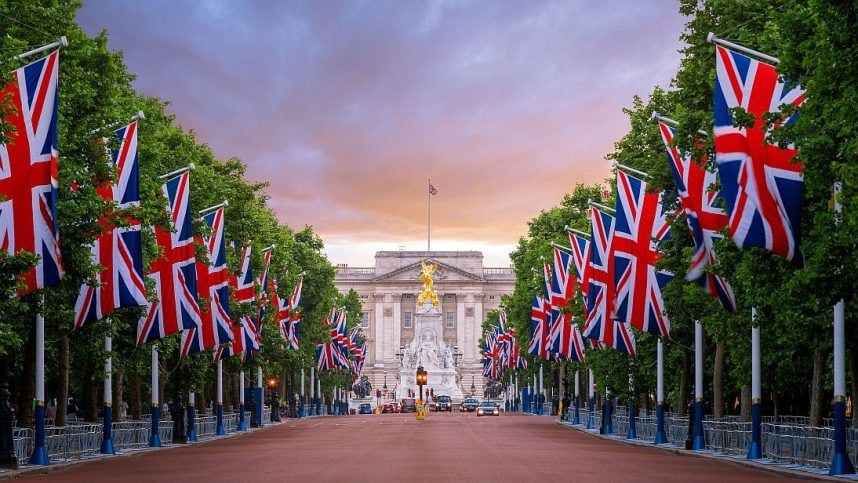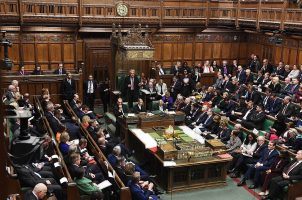UK Government Data Mistakes Forces Changes to Gambling Reform Discussions
Posted on: September 26, 2023, 07:46h.
Last updated on: September 26, 2023, 03:07h.
The UK government released its long-overdue gambling white paper recently, but officials are now saying that the paper and the UK Gambling Commission (UKGC) mistakenly presented key data figures about problem gambling rates.

One of the long-running barometers used to gauge the effectiveness of operator-led responsible gambling initiatives is the “problem gambling” rate. This calculates where a particular market stands regarding the penetration of consumers who are at risk of, or who already have, gambling problems.
For several years, the UKGC asserted that, partially due to its oversight, the problem gambling rate in the UK is low – it has been hovering around 0.02% since 2021. The figure is now at the heart of the decision to extend the consultation period.
When the white paper was first published, the problem gambling rate for slot players was listed as 1.5% for the 16-24 age group. However, upon further review and questions from industry players, the government was forced to admit it made a mistake with the figure.
According to updated information, the 1.5% figure only refers to males within that age group. Overall, the problem gambling rate for those from 16 to 24 years old is just 0.8%. Notably, this is 0.2% less than Health Survey England reported in 2018.
The rate only applies to slot players and doesn’t reflect the overall problem gambling rate, which fell from 0.04% to 0.02% from 2018 to 2021.
What’s Next
As a result of the reporting snafu, the UK will give industry players until October 4 to weigh in on the changes. This is two weeks after the original date.
The UK will hold its general elections next January following several years of unstable political and economic activity. With the elections, there’s a possibility that even more changes could appear or that the incoming government will scrap the plans completely.
No Industry Standards
The UKGC, over the years, has repeatedly referred to the problem gambling rate when discussing the state of the UK’s industry. It notes that the level has remained constant despite an increase in gambling activity.
The regulator announced several months ago that it would create a new framework for ascertaining more accurate data on gambling harm. This would seemingly indicate that the UKGC’s previous assertions on the problem gambling rate were not as precise as they should have been.
In August, UKGC boss Andrew Rhodes published an op-ed piece that admonished the industry’s use of the problem gambling rate. Notably, he singled out the use of the problem gambling rate, which the regulator derived using its own Problem Gambling Severity Index (PGSI). While standard questions are included in the index, there is no complete industrywide standardization of how the index is distributed or interpreted.
Rhodes has asserted that the PGSI results are based on the entire UK population, not just the percentage of gamblers, which is confusing. On several occasions, the UKGC has explained that it has sent out surveys to only very small sections of the gaming population, and the results of those surveys would be vastly skewed by limited participation.
He also said that it’s misleading to label some gambling types as “less risky.” Conversely, it is misleading to label gambling types as “more risky.”
Rhodes added something to his op-ed that could serve the entire industry. He asserted that “nobody is well-served by statistics being misused to further an argument.”
Related News Articles
UK Government Committee to Launch Gambling Study Ahead of New White Paper
The UK’s Overdue Gambling White Paper Rumored to Arrive Next Week
New UK Gambling Regs Under Fire Over Lack of Evidentiary Support Claims
Most Popular
Mega Millions Reportedly Mulling Substantial Ticket Price Increase
NoMad Hotel to Check Out of Park MGM on Las Vegas Strip
VEGAS MYTHS BUSTED: To ‘86’ Someone Was Vegas Mob Slang for Murder
Most Commented
-
End of the Line for Las Vegas Monorail
— April 5, 2024 — 90 Comments -
Mega Millions Reportedly Mulling Substantial Ticket Price Increase
— April 16, 2024 — 8 Comments -
Long Island Casino Opponents Love New York Licensing Delays
— March 27, 2024 — 5 Comments
















No comments yet